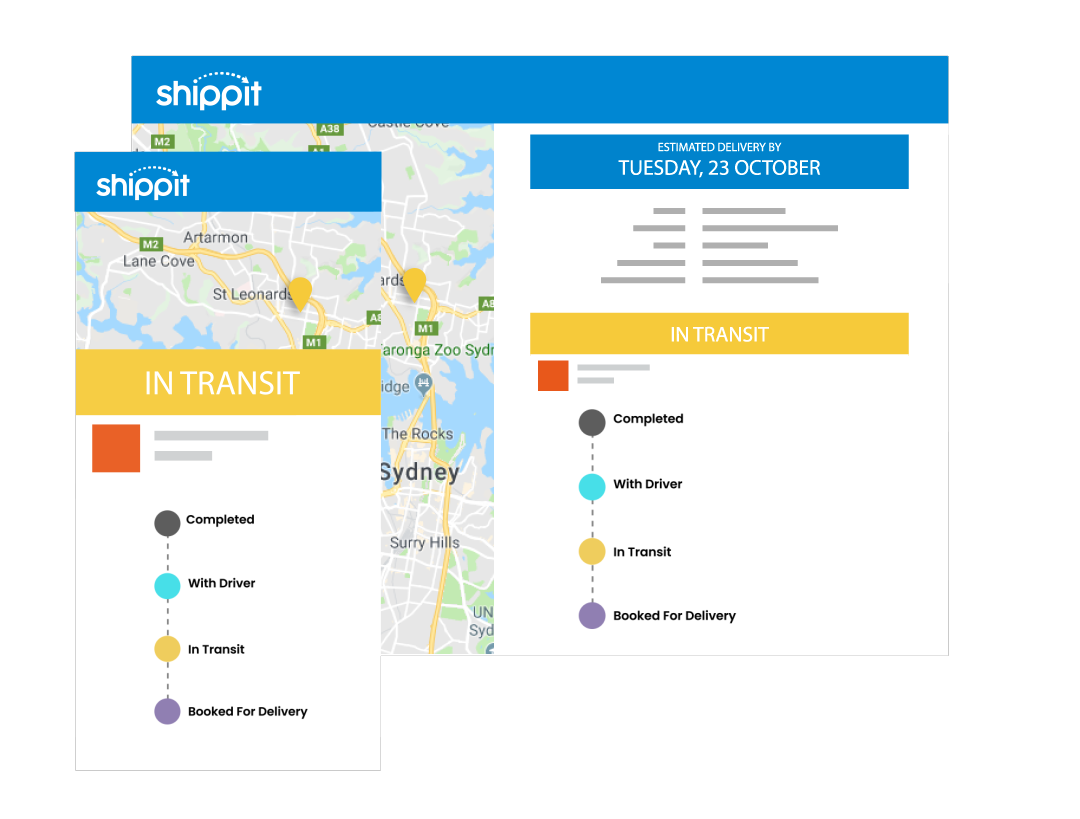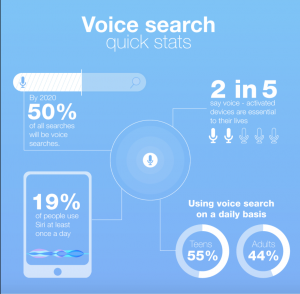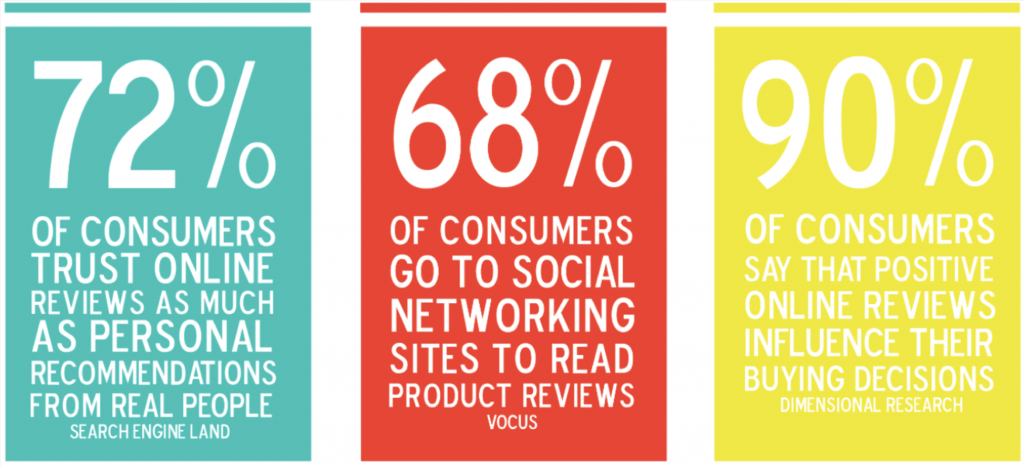There’s still a few months until the end of 2018. So, with the end of the year fast approaching, and before the momentum of next year is in full swing, now’s a good time to examine and rethink your eCommerce marketing strategy for 2019. While being ‘trendy’ is something you can take or leave, getting familiar with the leading trends for next year is invaluable. Get to know these dominant, up-and-coming eCommerce marketing trends.
Get Vocal
2018 saw a massive shift toward vocal search, and in 2019, that trend is set to revolutionise the way we search for products and services. According to Google, almost one-third of the 3.5 billion daily searches are voice searches, with personal assistant devices like Amazon’s Alexa, Apple’s Siri and Google Assistant leading the way. As these digital devices get better at recognising human speech, they’re becoming more active and ubiquitous.
Tapping into the potential of voice search is an entirely different strategy for modern marketers, but it’s one Forbes states shouldn’t be ignored. When you open Google and type in a traditional search query, Google gives you pages upon pages of results to choose from. When you ask Siri or Google Assistant a question, you’ll get far fewer results. This is because there’s less competition for voice searches, so if your business or brand features in the results, your conversion rates will be much higher.
Brands and websites that want to take advantage of voice search need to tailor their SEO strategy to ensure they’re optimising their site for both traditional and voice search With ComScore estimating that half of all search enquiries will be voice-based by 2020, incorporating voice into your 2019 marketing strategy is worthwhile.
Get Social
In 2019, it’s estimated that there’ll be around 2.77 billion social network users around the globe, up from 2.46 billion in 2017. With numbers like that, the significance of a social strategy can’t be ignored. Occasionally posting across Facebook, Instagram and Linkedin are no longer enough, brands, especially eCommerce brands, need to up the ante in 2019.
While search currently leads the way for online product research, social platforms like Pinterest and Instagram are fast catching up. In markets such as Latin America, the Middle East, and Africa, social media has already overtaken search engines for product research.
With Pinterest rolling out its visual camera search function, ‘Pinterest Lens,’ in 2017, recent stats reveal, compared to 6 months ago, there are now twice as many Pinterest users using ‘Lens’ each day. With users carrying out more than 600 million visual searches with Lens every month, it’s time to start thinking about how social can help with brand and product discovery.
In 2019, we expect the gap between social and shopping to close even further. Instagram is introducing shoppable product stickers in Instagram Stories and is currently testing personalised shopping channels on Explore. All signs point to 2019 being the time to give your social media marketing strategy priority.
Get Authentic
As digital channels become more competitive and brand awareness dilutes, consumers are increasingly craving authenticity.
According to a recent Stackla report, 86 per cent of consumers said that when it comes to deciding which brands they follow and support – authenticity is essential. Among millennials, that number is even higher with 90 per cent saying authenticity weighs into their decision process.
As consumers grow increasingly sceptical of advertising and thinly veiled marketing campaigns, brands with authentic and honest values are experiencing higher engagement and loyalty.
An example of a brand that’s engaging with authenticity is Patagonia. Since it opened its doors, the company’s mission has driven everything the company does; from culture, to manufacturing and marketing.
Patagonia’s Mission Statement:
‘Build the best product, cause no unnecessary harm, use business to inspire and implement solutions to the environmental crisis.’
See an example of how the brand embraces authenticity in their full-page ad: ‘Don’t Buy This Jacket.’

The ad copy describes the impact of the manufacturing and distribution that this jacket has on the environment, prompting readers to consider how consumerism affects the environment.
The result of the campaign is a testament to the value of authenticity: Patagonia saw its revenue grow about 30 per cent. But, you don’t need to be the size of Patagonia to have an authentic voice; it’s about making an effort to share your experiences with your audience.
Get Chatty
In 2018, we saw the rise of the chatbot, and while the AI technology was met with mixed feelings, in 2019, chatbots will continue to grow in both use and popularity.
In a recent study conducted by LivePerson, only 19% of people surveyed had a negative perception of chatbots. Instead of being perceived as impersonal and insincere, chatbots are fast becoming more ‘normal’ in the eyes of consumers.
As consumer perceptions change, we expect chatbots to become the first port of call when someone orders a pizza, books a hotel or takes out a new phone or internet plan.
With lightning-quick automated responses and an ability to handle millions of simultaneous requests and product recommendations, shipping information and order details, eCommerce brands are finding tremendous value in chatbots. Consumers have come to expect they’ll be fed relevant information without actively seeking it out, and that’s where chatbots can bridge the gap.
Key Takeaways
- Be authentic; people are more likely to follow a brand with a real and human voice.
- It’s estimated that by 2020, half of all search queries will be voice-based, so be sure to implement that into your marketing strategy.
- Social media is rapidly evolving, so make sure you look past the usual suspects and take advantage of new platforms and features.



